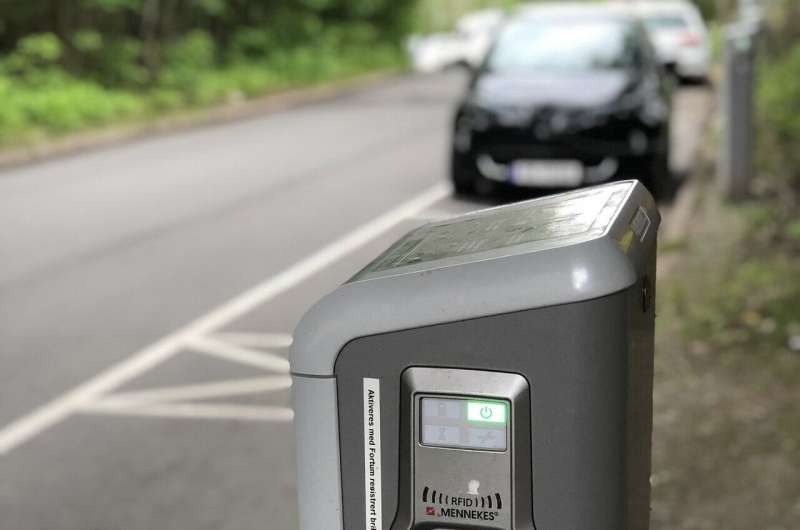
Payment issues can affect electric vehicle (EV) drivers' charging experiences. EV charging should be accessible, convenient, and reliable, and payment issues affect both accessibility and reliability.
Addressing payment issues presents an opportunity for improvements that may speed along EV adoption and improve drivers' time with their EVs, keeping them on the road and not waiting at a charging station.
"We need to make ease of payment a core focus of public EV charging network expansion," said Kristi Moriarty, a senior researcher and ChargeX Consortium lead at the National Renewable Energy Laboratory. "If we want to build consumer trust around the promise of a reliable national charging network, we need to maintain a seamless charging experience."
To address failures in accepting or processing payments during EV charging sessions, the U.S. Department of Energy's National Renewable Energy Laboratory—alongside consortium partner Idaho National Laboratory—published a report that summarizes EV charging payment challenges and proposed solutions.
The Joint Office of Energy and Transportation funds the National Renewable Energy Laboratory, Idaho National Laboratory, and Argonne National Laboratory to lead the National Charging Experience Consortium (ChargeX Consortium)—with collaboration from EV charging industry experts, consumer advocates, and key stakeholders—to address EV charging challenges.
"As we work to expand EV charging access, we have to ensure that all methods of EV charging payment work consistently to meet drivers' needs," Moriarty said.
Multiple EV charging payment options increase the problems to solve. With options like credit card readers, near-field communication (NFC), radio frequency identification (RFID), smartphone apps, Plug & Charge, and phone call, text, or short message service (SMS), many challenges abound, widening the scope of potential solutions.
The flexibility of payment options can make it easier on customers, but only if all those options work consistently.
The report highlights key issues customers may face when trying to pay for EV charging. Challenges may arise from network connection issues; integration, activation, and installation of card reader payments systems; the robustness of hardware subject to weather impacts; customer confusion caused by the various payment methods and user interface design; and maintenance.
The report highlights solutions that can address these challenges, such as conducting site surveys for cellular connectivity, including network component health checks during scheduled maintenance, testing point-of-sale software prior to deployment, and embedding contactless/tap card readers into the electric vehicle supply equipment.
"Robust solutions can help decision makers anticipate and address charging payment issues," Moriarty said. "We're hoping that these recommendations help planners meet a problem before payment issues occur."
More information: Best Practices for Payment Systems at Public Electric Vehicle Charging Stations. driveelectric.gov/files/paymen … m-best-practices.pdf
Citation: New report tackles electric vehicle charging payment challenges and offers key recommendations (2024, April 18) retrieved 18 April 2024 from https://techxplore.com/news/2024-04-tackles-electric-vehicle-payment-key.html
This document is subject to copyright. Apart from any fair dealing for the purpose of private study or research, no part may be reproduced without the written permission. The content is provided for information purposes only.
